Lenco DVL-2695 Bruksanvisning
Läs gratis den bruksanvisning för Lenco DVL-2695 (128 sidor) i kategorin Tv. Guiden har ansetts hjälpsam av 30 personer och har ett genomsnittsbetyg på 3.6 stjärnor baserat på 15.5 recensioner. Har du en fråga om Lenco DVL-2695 eller vill du ställa frågor till andra användare av produkten? Ställ en fråga
Sida 1/128

DVL-2695 SILVER
KLEURENTELEVISIE MET AFSTANDSBEDIENING
COLOUR TELEVISION WITH REMOTE CONTROL
TELEVISEUR COULEUR A TELECOMMANDE
GEBRUIKSAANWIJZING
OPERATING INSTRUCTIONS
MODE D'EMPLOI
For information and support, www.lenco.eu
Produktspecifikationer
| Varumärke: | Lenco |
| Kategori: | Tv |
| Modell: | DVL-2695 |
Behöver du hjälp?
Om du behöver hjälp med Lenco DVL-2695 ställ en fråga nedan och andra användare kommer att svara dig
Tv Lenco Manualer

12 Oktober 2024

5 Oktober 2024

3 Oktober 2024

2 Oktober 2024

29 September 2024

23 September 2024

21 September 2024

6 September 2024

28 Augusti 2024

27 Augusti 2024
Tv Manualer
- Linsar
- Cabletech
- Axing
- Sandstrøm
- Strong
- Nevir
- Technika
- Schneider
- LG
- QBell Technology
- OK
- Viewsonic
- Grundig
- GPX
- Kivi
Nyaste Tv Manualer
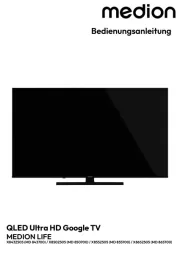
21 Oktober 2025
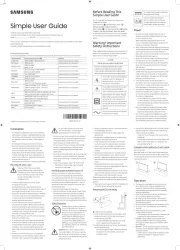
20 Oktober 2025
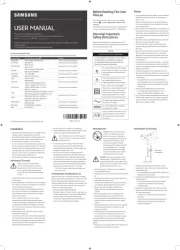
20 Oktober 2025

20 Oktober 2025
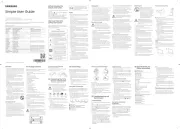
20 Oktober 2025

19 Oktober 2025

19 Oktober 2025

19 Oktober 2025

19 Oktober 2025
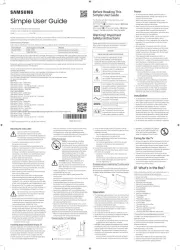
19 Oktober 2025